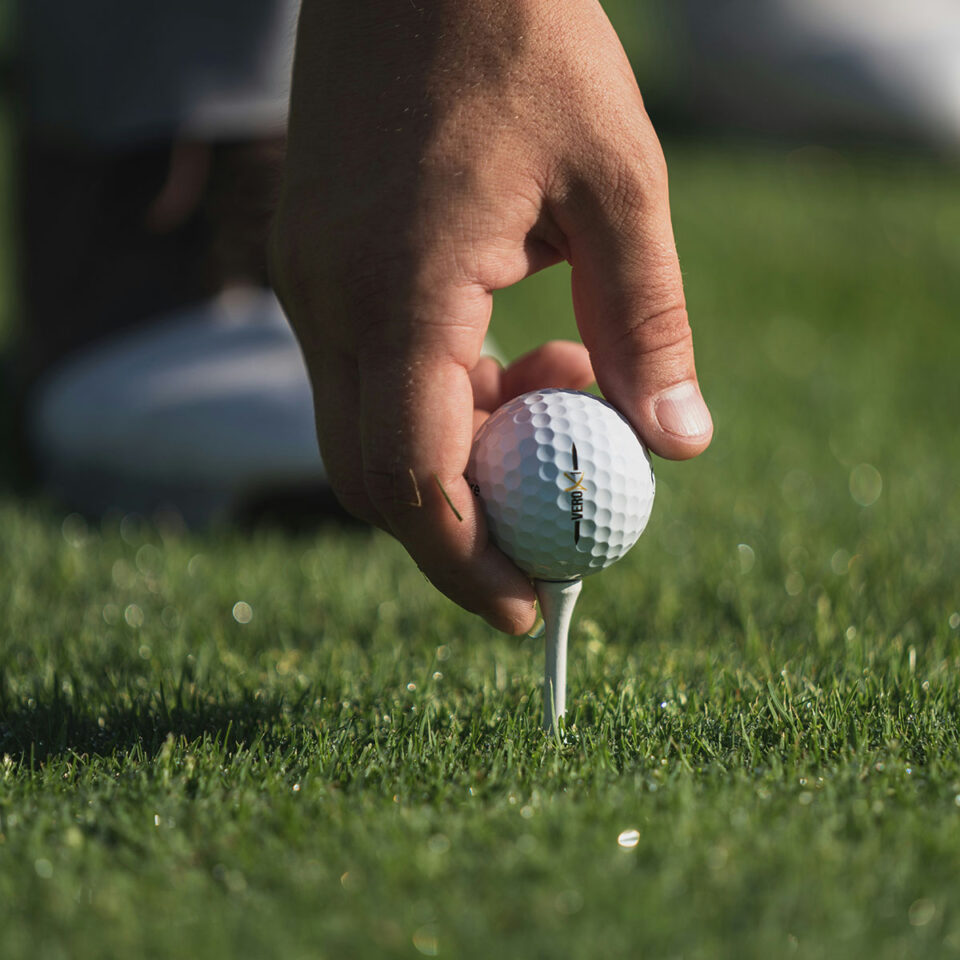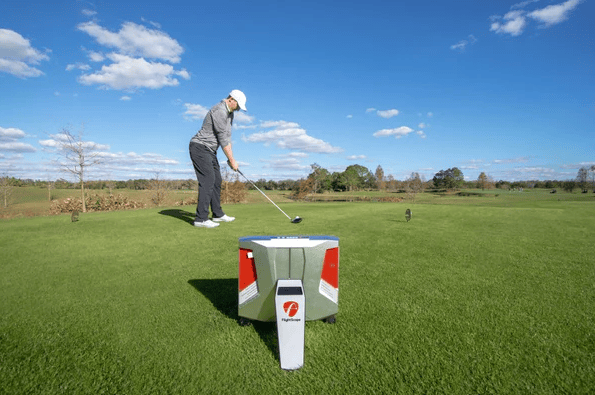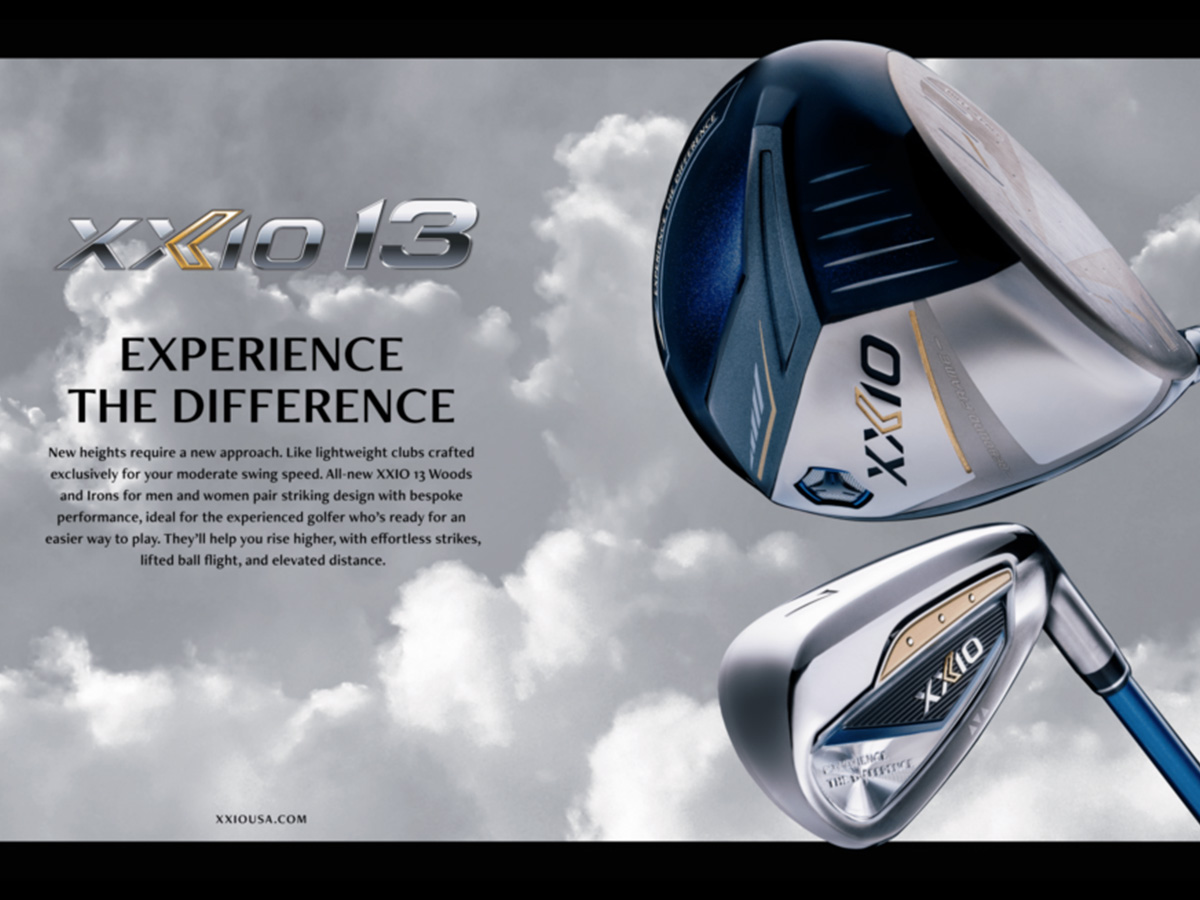So last year I met with Simon out at Cool Clubs in Phoenix to see first hand his recently finished SS3 (Shaft Simulation System) machine (see related posts). Simon has now spec’d out over 1000 shafts and now most major shaft manufacturers send their new shafts to him to be tested on the SS3. I won’t get into all the crazy details but this machine and the new software written will be a game changer to the shaft industry. I am now in the early stages of setting up a U-tube channel geared specifically to this topic so stay tuned for that! Anyway, I have long had issues with many shaft manufacturers who continually come out with new shafts but fail to really answer my specific questions regarding the actual unique qualities of those shafts that make them better or worse than any other shaft. It seems like I always get the same answer from most of those sales representatives – “Well its low/mid/high launch and low/mid/high spin and weights XX grams”. I mean really – those three characteristics could describe anything from a hickory stick to steel. My following posts will lay out in a more visual format the actual differences and qualities that set one shaft apart from the other, and more importantly why some shafts have VERY little differences other than the paint scheme and graphics. Now I’m not knocking any particular shaft manufacturer nor promoting any. Its just very difficult for me to narrow down the best shafts out there with the best quality and best construction characteristics which will allow me to fit a wide range of golfers. Please check out the video below where Simon better details what his machine does. Be sure to check back to see my coming posts regarding particular shaft lines.
Andrew is proud to sit on the National Fitters Board with Callaway Golf and has been proudly designated as one of the top 100 fitting centers by Golf Digest ever since this prestigious designation began back in 2010.






